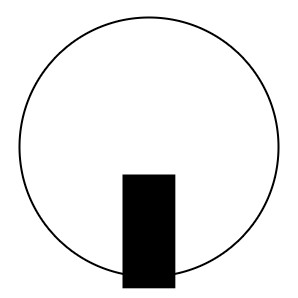


Quote
Popular theatre
The end of the 19th and the beginning of the 20th centuries witnessed a
strong resurgence of an amateur and semi-pro-
fessional theatre movement, creating new or reviving ancient festivals or
Festspiele. The theme of these huge popular pa-
geants was the commemoration of glorious events of Swiss history or folklore,
or the celebration of the agricultural year, especially the harvest (grain
or grape). Actors were, and still are, members of local choirs, sport societies
and amateur drama companies.
The mise-en-scène of the Festspiele consists of lavish and colourful sets, a profusion of rich and historically accurate costumes, many favourite country dances, music, songs and breath-taking crowd scenes.
The renowned Fête des Vignerons de Vevey
began modestly in the 17th century. It celebrates the four seasons and glorifies
Bacchus. It is now staged every 25 years. For the Fête of 1977, Charles
Apothéloz directed over 4000 unpaid amateurs, a small cast
of professionals and an army of technicians. The pro-
duction cost over 17 million Swiss francs and attracted 200,000 spectators.
SCHILLER's William Tell has been performed every two years in Altdorf since
1899 (Tell-
spielhaus) and annually, in the open, in Interlaken since 1912. In 1924
Einsiedeln harked back to its medieval past, presenting at irregular intervals
CALDERON'S The Great Theatre of the World (Das Grosse Welttheater).
Romansh and Italian theatre in Switzerland deserve
a passing mention here, as Tschlin (in Engadine) organizes a popular festival,
and in Ticino, Mendrisio perpetuates a 17th-century tradition by staging
a religious procession, the Sacra Rappresentazione, during holy week. René
Morax, author of the libretto of the Fête des Vignerons of 1905, created
in 1908 the Théàtre du Jorat, dreaming of uniting nature,
culture and society by setting a theatre in the middle of the countryside
(Mézières). Inside the building, Morax abolished the separation
between auditorium and stage with the addition of stairs linking the two.
His best play, King David, was set to music by Arthur Honneger.
[more,
currently offline]